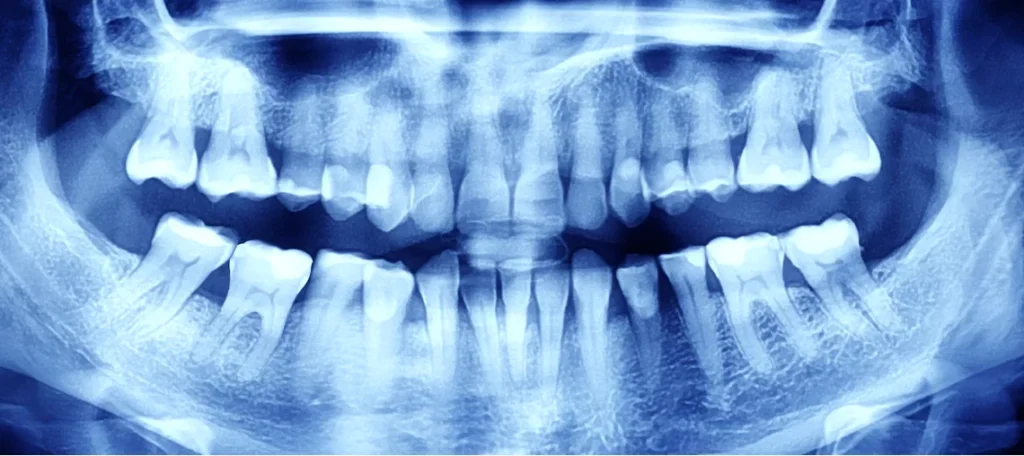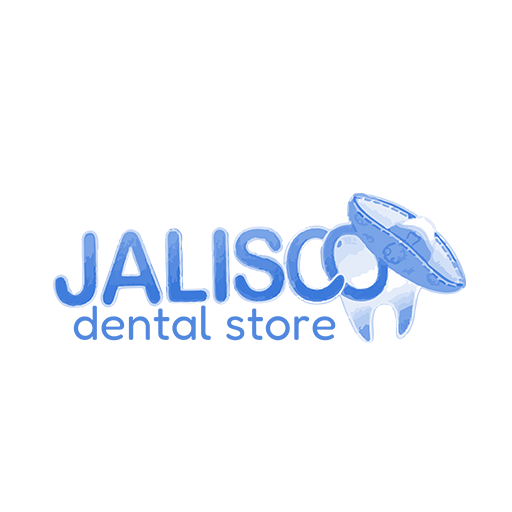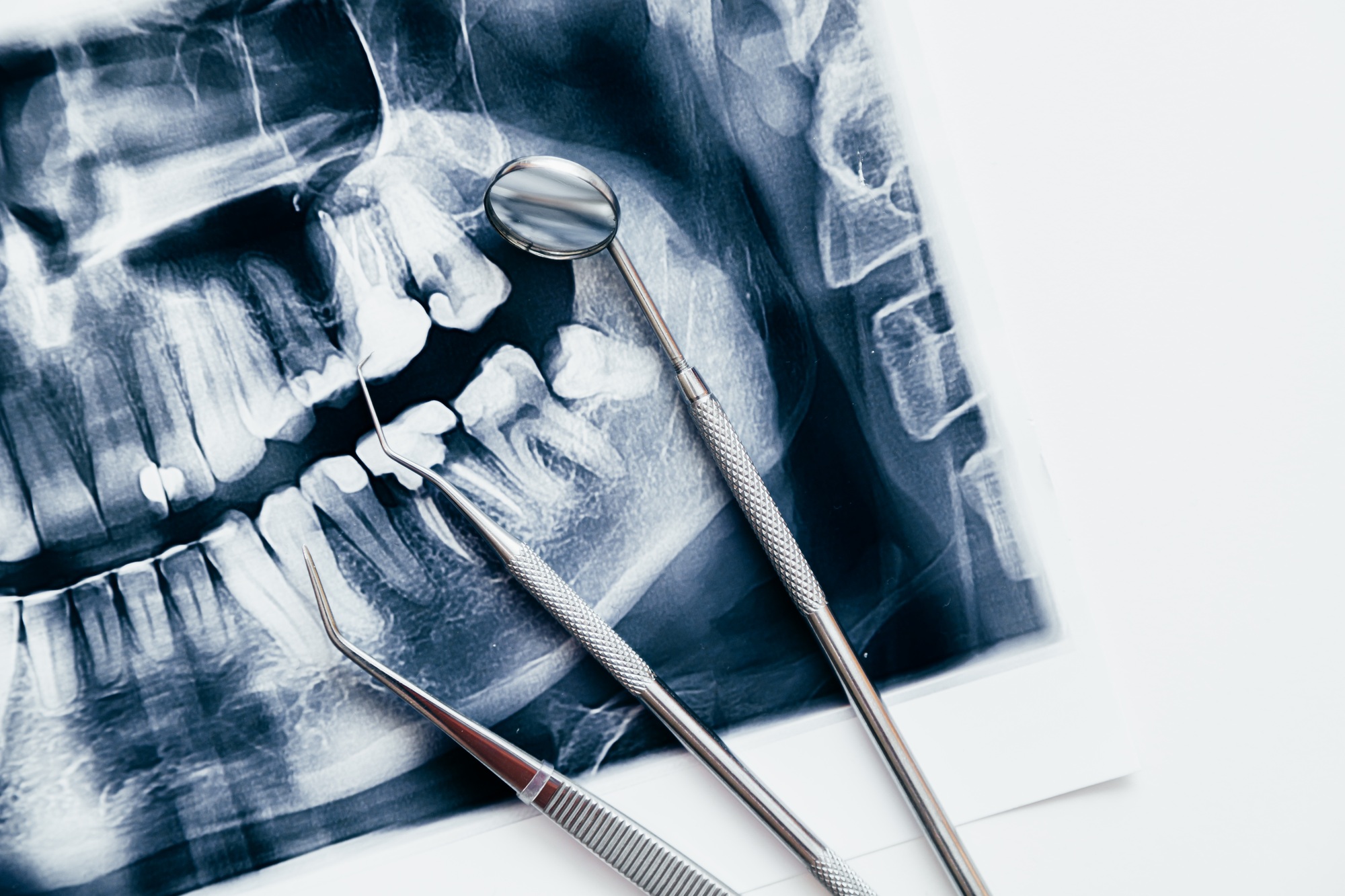Advancing Dental Care with Modern Imaging Technology
In recent years, dental radiology has evolved significantly, offering improved diagnostic capabilities, enhanced patient safety, and greater treatment precision. The shift from conventional X-rays to advanced digital imaging and 3D technology has transformed the way dental professionals assess and treat oral health conditions. But why is investing in state-of-the-art dental radiology equipment essential for both patients and practitioners? Let’s explore the key benefits.
1. Increased Diagnostic Accuracy
Traditional X-rays have long been a valuable tool in dentistry, but modern imaging techniques such as cone beam computed tomography (CBCT) and digital panoramic X-rays provide a more comprehensive view of oral structures. These technologies allow dentists to detect issues such as hidden cavities, impacted teeth, bone loss, and even early signs of oral diseases that might be missed with conventional methods.
2. Reduced Radiation Exposure
One of the biggest concerns regarding radiology in healthcare is radiation exposure. Fortunately, modern dental imaging equipment significantly reduces radiation doses while maintaining high image quality. Digital radiography, for example, uses up to 80% less radiation than traditional film-based X-rays, making it a safer option for patients, especially children and those requiring frequent imaging.
3. Faster and More Efficient Diagnoses
Advanced radiology equipment allows dentists to obtain high-resolution images instantly. Unlike traditional film-based methods that require processing time, digital imaging provides immediate results, enabling quicker diagnoses and treatment planning. This efficiency benefits both patients, who spend less time in the dental chair, and practitioners, who can streamline their workflow.
4. Enhanced Treatment Planning
For complex dental procedures such as implants, orthodontics, and root canals, precision is crucial. 3D imaging technology provides detailed visualization of bone structure, nerve pathways, and soft tissues, allowing dentists to plan procedures with greater accuracy. This reduces complications, improves success rates, and ensures better long-term outcomes for patients.
5. Improved Patient Communication and Education
Modern dental imaging makes it easier for dentists to explain diagnoses and treatment plans to patients. High-definition images and 3D scans provide a clear visual representation of oral health conditions, helping patients better understand their treatment options. This transparency fosters trust between practitioners and patients, leading to more informed decisions about dental care.
6. Eco-Friendly and Cost-Effective Solutions
Digital radiography eliminates the need for film, chemicals, and physical storage, reducing environmental impact and operational costs. Clinics that adopt digital imaging systems benefit from lower overhead expenses, faster record retrieval, and seamless integration with electronic health records. This modernization not only enhances efficiency but also contributes to a more sustainable approach to dental care.
The Future of Dental Radiology
The continuous advancements in dental radiology are setting new standards for diagnostics and treatment planning. As technology continues to evolve, integrating AI-powered image analysis, augmented reality, and even more precise imaging methods will further revolutionize dental care.
By investing in cutting-edge radiology equipment, dental professionals can provide safer, faster, and more effective treatments while improving the overall patient experience. If you’re considering dental treatment, ensure that your provider utilizes the latest imaging technologies for the best possible care.


